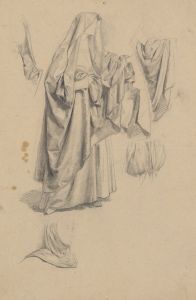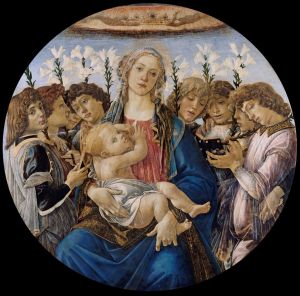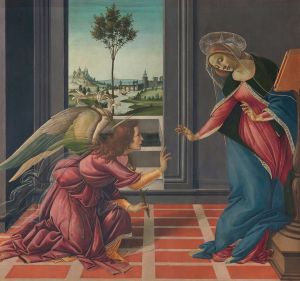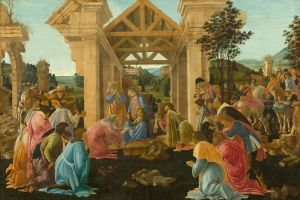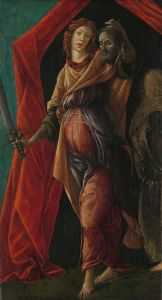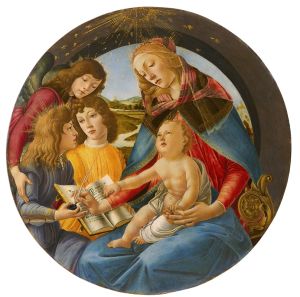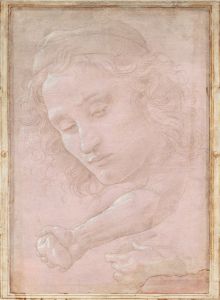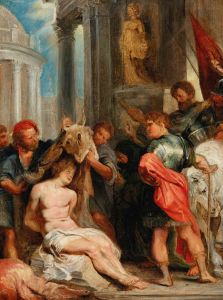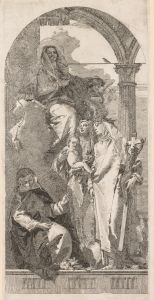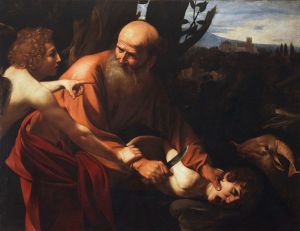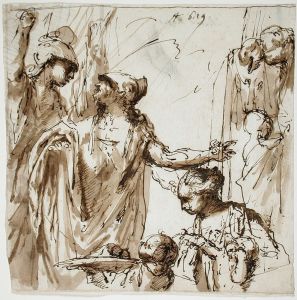
Last Miracle And The Death Of St. Zenobius
A hand-painted replica of Sandro Botticelli’s masterpiece Last Miracle And The Death Of St. Zenobius, meticulously crafted by professional artists to capture the true essence of the original. Each piece is created with museum-quality canvas and rare mineral pigments, carefully painted by experienced artists with delicate brushstrokes and rich, layered colors to perfectly recreate the texture of the original artwork. Unlike machine-printed reproductions, this hand-painted version brings the painting to life, infused with the artist’s emotions and skill in every stroke. Whether for personal collection or home decoration, it instantly elevates the artistic atmosphere of any space.
Sandro Botticelli, an eminent Italian painter of the Early Renaissance, created "The Last Miracle and the Death of St. Zenobius" as part of a series of four panels depicting the life of St. Zenobius. Botticelli, whose full name was Alessandro di Mariano di Vanni Filipepi, was known for his distinctive style characterized by graceful figures and flowing lines. He was active during the late 15th century and was a prominent figure in the Florentine art scene.
"The Last Miracle and the Death of St. Zenobius" is believed to have been painted around 1500. This work is part of a narrative cycle that illustrates the life and miracles of St. Zenobius, who was a bishop of Florence and is venerated as a saint in the Roman Catholic Church. The series of paintings was likely commissioned to celebrate the life and works of the saint, who was known for his piety and miraculous deeds.
In this particular panel, Botticelli captures the final moments of St. Zenobius's life and his last miracle. The composition is typical of Botticelli's narrative style, where he effectively conveys a story through a single scene. The painting is characterized by its attention to detail and the use of vibrant colors, which were hallmarks of Botticelli's work. The figures in the painting are depicted with a sense of movement and emotion, reflecting the dramatic nature of the scene.
The painting shows St. Zenobius on his deathbed, surrounded by mourners and clergy. According to legend, St. Zenobius performed a miracle even in his final moments, which Botticelli captures with a sense of reverence and solemnity. The expressions of the figures around the saint convey a deep sense of loss and admiration, highlighting the impact of St. Zenobius's life and deeds on those around him.
Botticelli's depiction of St. Zenobius's death is not just a religious narrative but also a reflection of the artist's skill in portraying human emotion and divine intervention. The use of perspective and spatial arrangement in the painting demonstrates Botticelli's mastery of composition, drawing the viewer's eye to the central figure of St. Zenobius while also allowing the surrounding figures to contribute to the overall narrative.
"The Last Miracle and the Death of St. Zenobius" is housed in the Gemäldegalerie in Berlin, where it is part of a collection that showcases Botticelli's work and the broader context of Renaissance art. The painting, along with the other panels in the series, provides insight into the religious and cultural milieu of Florence during the Renaissance, as well as Botticelli's role in shaping the artistic landscape of the period.
Overall, Botticelli's work on the life of St. Zenobius exemplifies his ability to blend religious themes with artistic innovation, creating a lasting impact on the art world and offering a glimpse into the spiritual and cultural values of his time.





